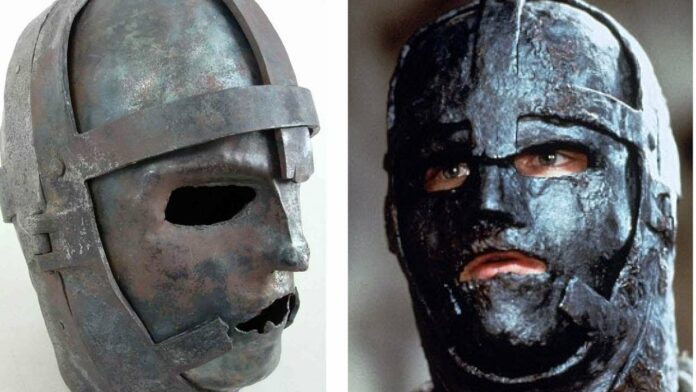The story of the Man in the Iron Mask has intrigued historians and captivated audiences for centuries. Known in French as L’Homme au Masque de Fer, this mysterious figure’s identity and the reasons behind his imprisonment have been the subject of much speculation and myth. While many legends have been spun around this enigmatic prisoner, the true story is rooted in the life of Eustache Dauger. This article delves into the archival remnants and historical theories that surround this fascinating figure.
Archival Remnants of the Man in the Iron Mask

Much of what we know about Eustache Dauger comes from the correspondence between his jailer, Bénigne Dauvergne de Saint-Mars, and his superiors in Paris. The earliest record of Dauger dates back to 1669, when King Louis XIV’s minister, the Marquis de Louvois, sent a letter to Saint-Mars, the governor of the Pignerol prison in Pinerolo, Piedmont. Louvois informed Saint-Mars that a prisoner named Eustache Dauger would arrive in late August and instructed him to prepare a cell with multiple doors to prevent anyone from eavesdropping.
Louvois’s letter revealed that Dauger was to receive only one visit a day from the governor, who would provide him with food and necessities. The prisoner was strictly warned that speaking of anything other than his immediate needs would result in death. Despite the legend, there is no historical evidence to suggest that Dauger wore an iron mask; rather, it was likely made of black velvet.
Who Was the Man in the Iron Mask?
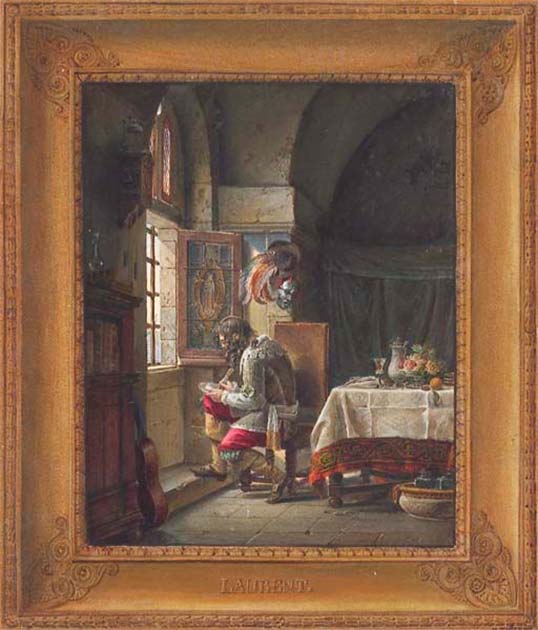
Eustache Dauger served as a valet to Nicolas Fouquet, the Marquis of Belle-Île, a former superintendent of finances imprisoned by Louis XIV for embezzlement. Dauger attended to Fouquet when his main servant was unwell. The Pignerol prison, where Dauger was held, was not a common jail but a fortress reserved for high-profile political and military prisoners who were considered an embarrassment to the state.
Some speculations suggest that Dauger was a member of the French royal family. However, 17th-century protocol made it unthinkable for a man of royal blood to serve as a manservant, casting doubt on these theories. The most popular legend, popularized by Alexandre Dumas in his book The Vicomte de Bragelonne, suggests that the Man in the Iron Mask was an illegitimate half-brother of King Louis XIV, or even his identical twin, hidden away to prevent a threat to the throne.
Intriguing Coded Letters Reveal Details About the Man in the Iron Mask
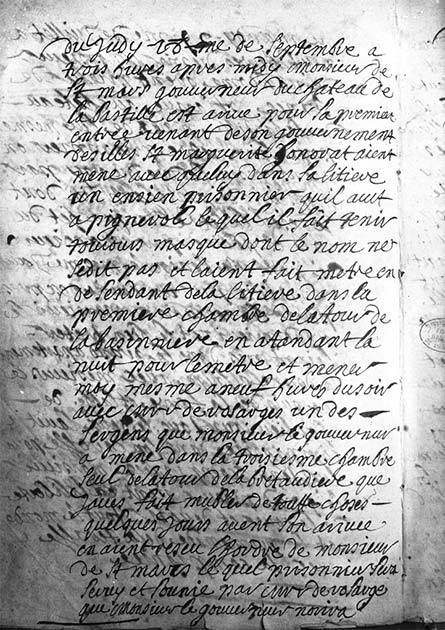
In the 1890s, French military historian Louis Gendron came across coded letters that were later decrypted by Etienne Bazeries in the French Army’s cryptographic department. These letters, written in the Great Cipher of Louis XIV, referred to a prisoner identified as General Vivien de Bulonde, who was accused of cowardice during the siege of Cuneo in 1691. The letters suggested that de Bulonde was to be imprisoned at Pignerol and possibly wore a mask. However, this theory remains unverified, and the dates are inconsistent with other records.
Alternative Theories About the Man in the Iron Mask’s True Identity
Another candidate for the Man in the Iron Mask was Count Ercole Antonio Mattioli, a diplomat and minister of Ferdinand Charles, Duke of Mantua. Mattioli was involved in secret negotiations with France but betrayed the agreement to several foreign courts. Enraged by this betrayal, Louis XIV had Mattioli abducted and imprisoned at Pignerol in 1679. However, it is generally agreed that Mattioli died in Îles Sainte-Marguerite in 1694, and the prisoner in the mask was indeed Eustache Dauger.
Eustache Dauger: The Man in the Iron Mask?
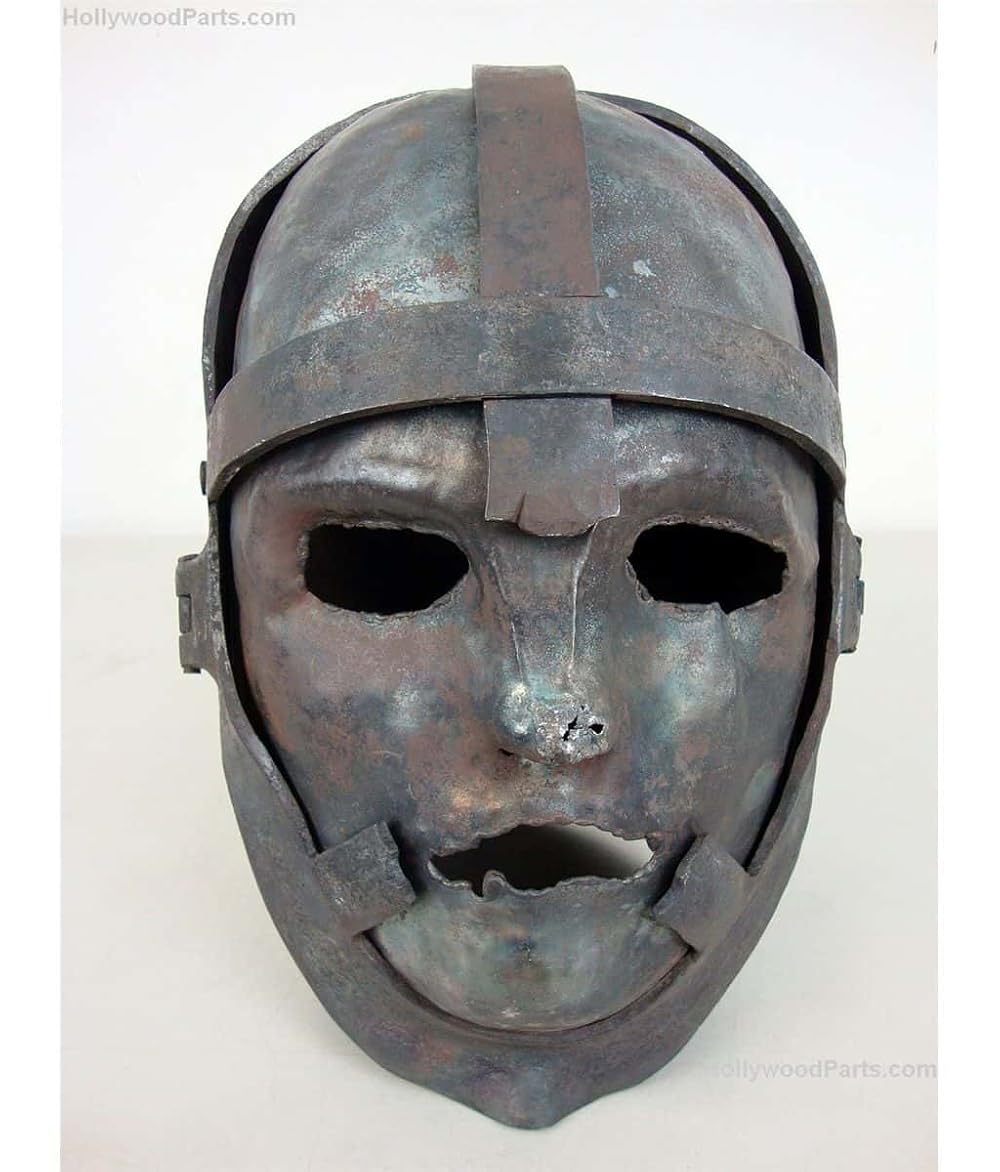
The theory that the Man in the Iron Mask was Eustache Dauger is the most widely accepted. However, whether this was his real name or an alias is unclear. A man named Eustache Dauger de Cavoye, the son of a captain in Cardinal Richelieu’s guards, was born in 1637 and later joined the royal army. After killing a boy in a drunken brawl, he was incarcerated and forbidden from communicating with anyone without a priest present. This theory is problematic because de Cavoye was held in Saint-Lazare prison, while the Man in the Iron Mask was at Pignerol. Additionally, de Cavoye died in the 1680s, well before the more famous Eustache Dauger.
Death of the Man in the Iron Mask
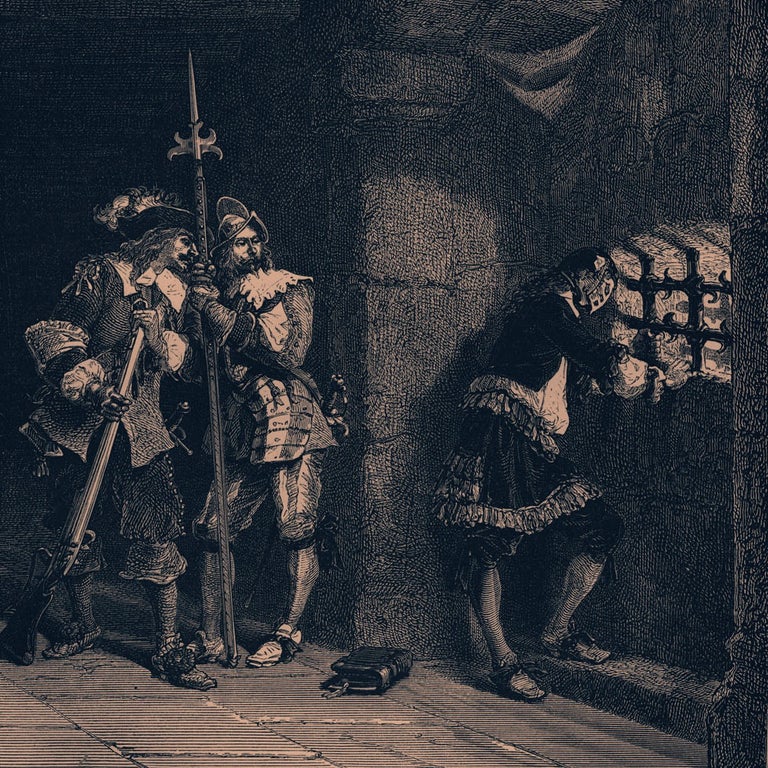
On September 18, 1698, Saint-Mars became the governor of the Bastille prison in Paris and brought the masked prisoner with him. The prisoner was placed in a solitary cell in the Bertaudière tower and cared for by de Rosarges, the prison’s second-in-command. Lieutenant du Junca, another Bastille officer, noted that the prisoner wore a mask of black velvet.
The Man in the Iron Mask died on November 19, 1703, and was buried the next day under the name “Marchioly.” All his belongings were destroyed, the walls of his cell were scraped and whitewashed, and his metal possessions were melted down.
Conclusion
The true identity of the Man in the Iron Mask remains a mystery. Whether he was a valet named Eustache Dauger, a disgraced general, or even a royal relative, his story has become an epic of intrigue and speculation. Though we may never know the full truth, the legend of the Man in the Iron Mask endures, captivating imaginations and inspiring countless retellings in literature and film. This ordinary man, thrust into an extraordinary narrative, has left an indelible mark on history.
